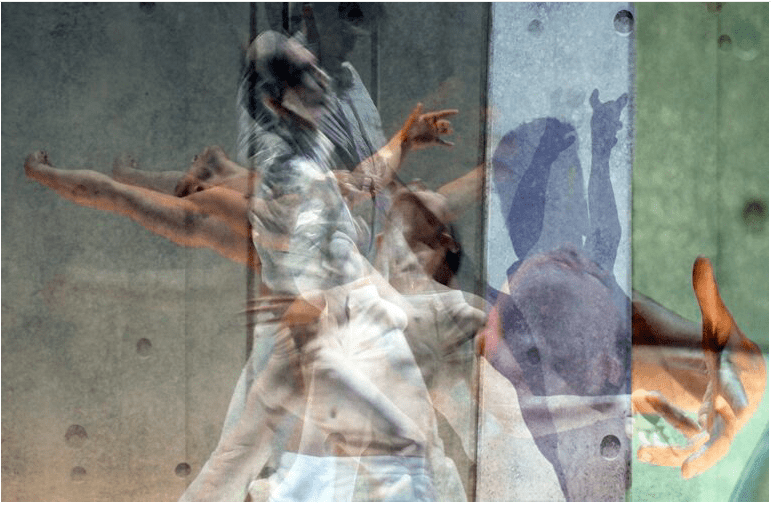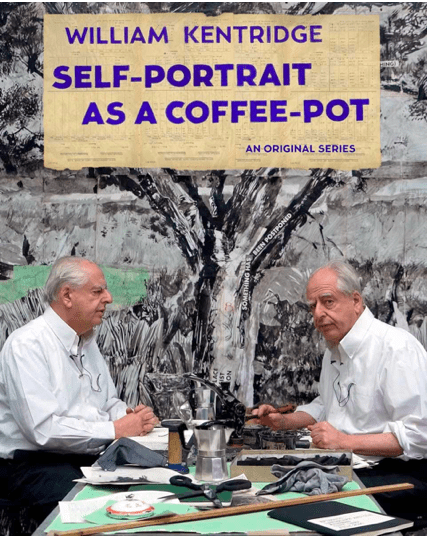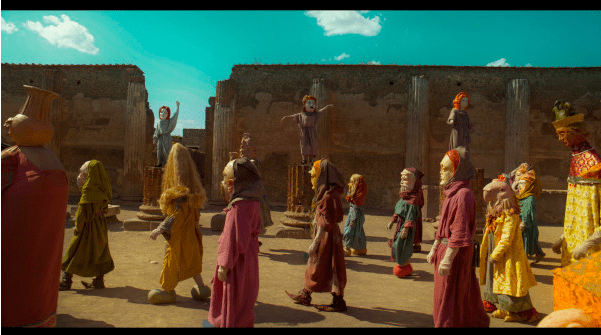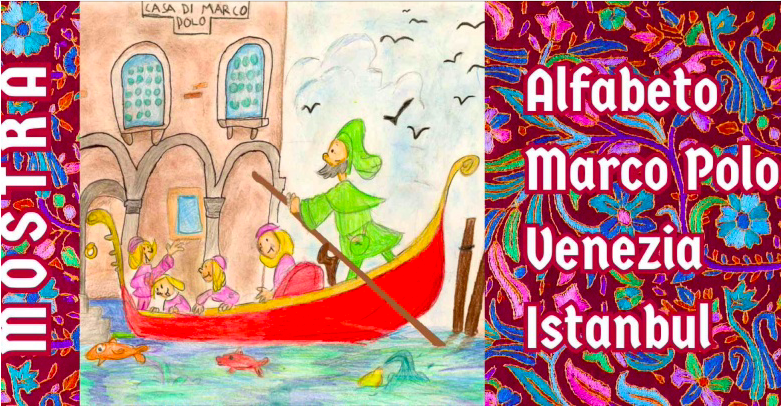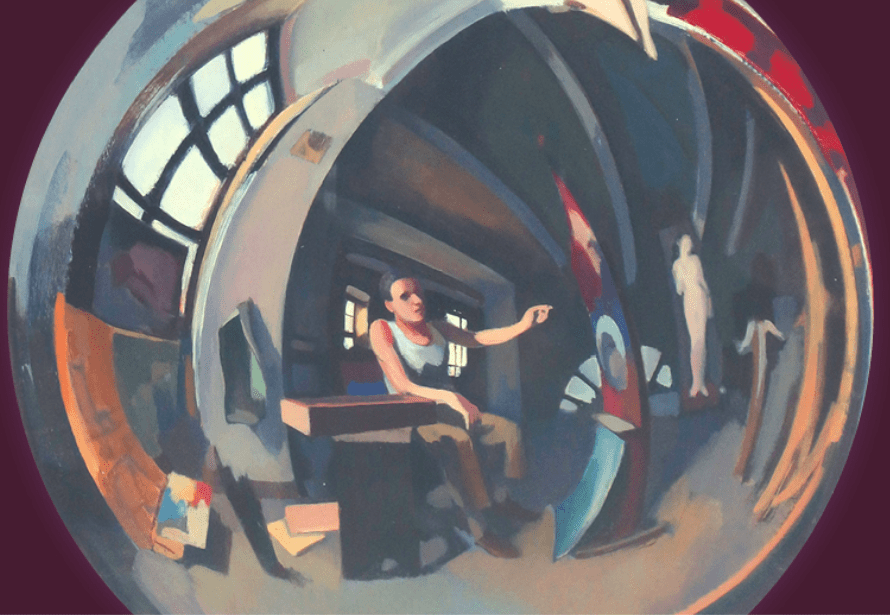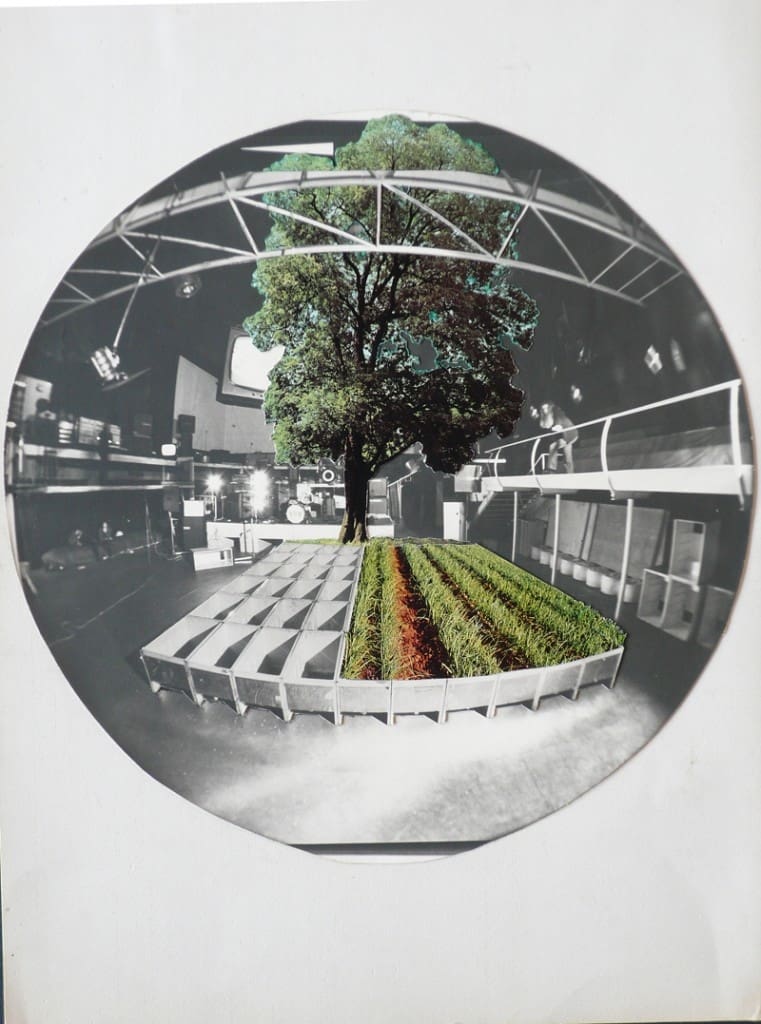
PAV Torino
06 Nov 2015 — 21 Feb 2016
With its new exhibition Earthrise, the PAV aims to extend its investigations into the genealogy of the relationship between artistic practices, social change and production of the environment, presenting a collection of pioneering research carried out in Italy in the crucial years around 1968. Nineteen-sixty- eight was not only the year of the student movement and workers’ revolution but also that of the famous photo taken by William Anders on 24 December of that fateful year. This photo was better known precisely as “Earthrise” – from which the exhibition takes its name. It was here that the Earth – isolated in cosmic space – appeared for the first time seen from the Moon.
“The idea that it would be better to return to the earth seen as a polemical response to space exploration is the fundamental idea on which this adventure called Agricola Cornelia is based” wrote Gianfranco Baruchello in a book now famously entitled How to Imagine. A Narrative of Art, Agriculture and Creativity in 1983. The experimental farm, that bears the name of Agicola Cornelia S.p.A., began to take form in 1973, “at the end – that is – of all the political experiences with which we had been linked from sixty-eight onwards and we found ourselves looking for values that were different from normal militancy”. In 1971, however, it was the radical architecture group 9999 who launched a manifesto-flyer with the slogan: “Dear student or lover of the environment, take care! Your ecosystem is at crisis point; your creative abilities are falling asleep.” What unites these aesthetic-political experiences with Piero Gilardi’s famous Tappeti Natura from the second half of the 1960s, just as with incursions into Ugo La Pietra’s spontaneous and peripheral urban kitchen-gardens, is the ethical assumption of the earth seen as a “place of return”.
Rather than nurturing the euphoria for unlimited expansion, the photo of the space landscape taken by Anders in 1968 generated a revolution of perspective for many. It was Earth that became the subject of a new anthropological awareness and social responsibility: that of the limitations and finiteness of the planet. The last possible adventure thus became that which some started to call “ecological”. But this was not a return to legendary and impossible original conditions, and neither was it the discarding of advanced technology whose political use now appears to be what is really at stake in every possible future. For the small constellation of artists and architects at the heart of the Earthrise exhibition, this perspective became immediately practicable and beyond any conservationist dimension.
Far from the American styled “earthworks” but also from the symbolic and archetypal work developed by Arte Povera, the works present at Earthrise conjugate the ecological dimension as an active practice in human relations, at all levels of society. Some of the works on display appeared together in the, by now, historic exhibition Italy: The New Domestic Landscape at the MoMA in 1972. Today they seem like the only precursors, within the Italian context, of the renewed contemporary relationship between artistic practices and the ecological ambit. And they did this very much in advance of what we now call, with Félix Guattari, “ecosophy”.

